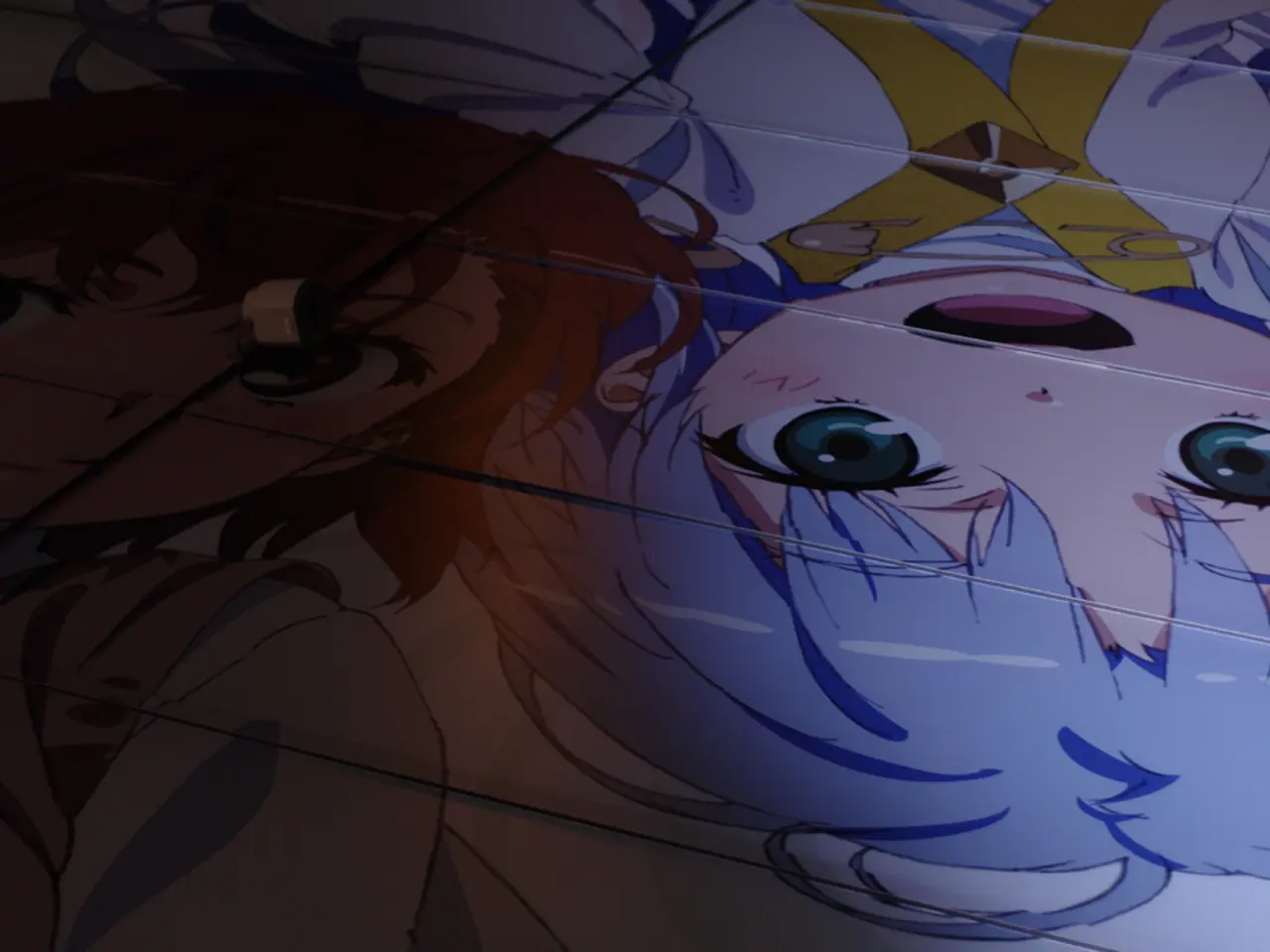'Boruto' Episode Guide: Episodes Leaving Out Unnecessary Filler Content
The popular anime series, Boruto: Naruto Next Generations, has been a hit with fans since its inception. However, one aspect that has been a subject of debate is the inclusion of filler episodes, which have been criticized for their impact on the pacing of the main narrative.
The Kara Actuation Arc (Episodes 157-175) complements the manga's Kara storyline and introduces the tech-forward world of the new generation. Yet, this arc, along with others, falls under the category of filler episodes. Filler episodes in Boruto diverge frequently from the manga canon, a criticism linked to filler episodes in many anime series. This divergence can disrupt the flow of Boruto Uzumaki’s journey, resulting in slower, less engaging pacing.
Filler content in Boruto often lightens the tone compared to the manga’s main story, creating tonal shifts that can affect immersion and narrative urgency. While some fillers offer light character moments, inconsistencies and tonal shifts can hinder deeper, consistent growth.
The Sasuke's Training Arc (Episodes 282-286), on the other hand, is adapted from the Sasuke Retsuden spin-off novel and is considered canonical to the storyline, expanding on Sasuke's character. This arc, unlike the filler episodes, aligns closely with the main narrative, providing a more cohesive and engaging viewing experience.
Not all filler episodes are met with the same level of criticism. The Time Slip Arc (Episodes 128-136) is a highlight among anime originals, featuring Boruto and Sasuke meeting young Naruto. This arc, while non-canonical, offers a unique and enjoyable deviation from the main story.
The Great Sea Battle of Kirigakure Arc (Episodes 231-260) and the Kawaki & Himawari Ninja Academy Arc (Episodes 261-273), both considered filler, stretch for nearly 30 episodes combined and explore side missions in the Land of Water and Boruto's classmates' experiences at the Ninja Academy, respectively. These arcs, while providing some lighthearted moments, can be seen as detrimental to the series’ rhythm and character focus.
Studio Pierrot has acknowledged issues related to pacing and filler content with Boruto and is reportedly considering moving to a seasonal format for future parts of the series. This change aims to improve animation quality and deliver more focused, manga-aligned pacing, potentially reducing the negative impacts filler episodes currently have on storytelling and character development.
In conclusion, while filler episodes in Boruto: Naruto Next Generations provide opportunities for lighthearted moments and minor character development, they also negatively impact the pacing by slowing down the main narrative progression and causing storylines to drag. However, Studio Pierrot's shift towards a seasonal format suggests a commitment to improving the series' pacing and reducing filler content, potentially leading to a tighter and more engaging viewing experience for fans.
Read also:
- "Primal instincts at play: Subnautica 2 designer notes our affinity for weapon-making stems from a fundamental desire for protection and sustenance"
- Dragon Age series might find a promising future with remasters, according to ex-BioWare producer Mark Darrah, but it seems unlikely that EA and BioWare possess the capability for such undertakings at present.
- In Verdansk, the dominance of automated systems in Warzone is causing an integration with Stalker, leading to a blurring of lines in the user's mind.
- Despite the significant success of Clair Obscur: Expedition 33, its director asserts that traditional prejudice towards turn-based RPGs persists, with real-time action games generally receiving smoother acceptance.








